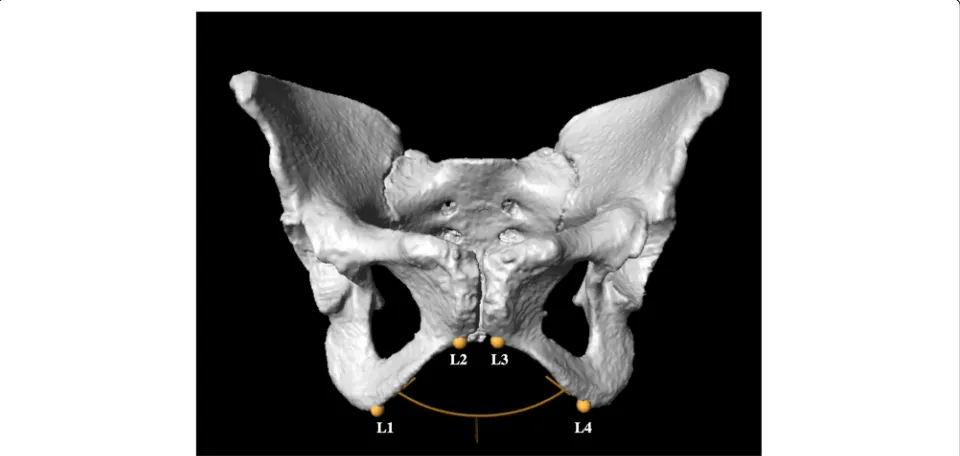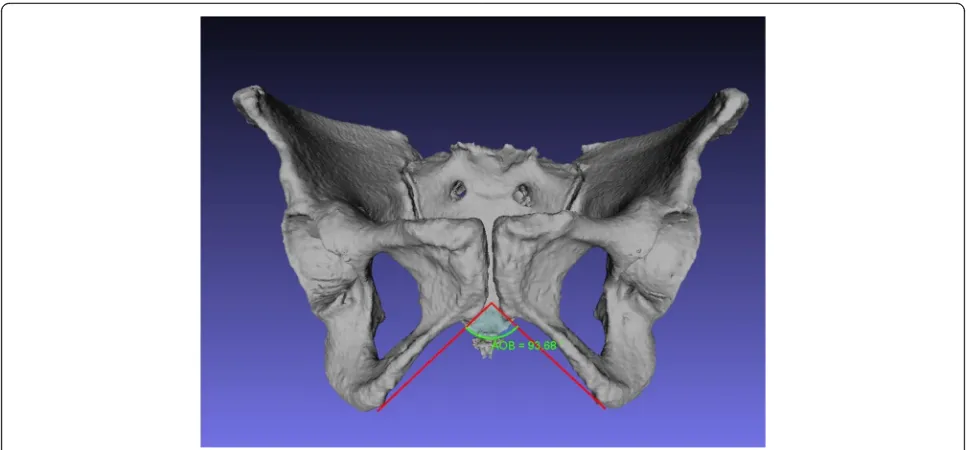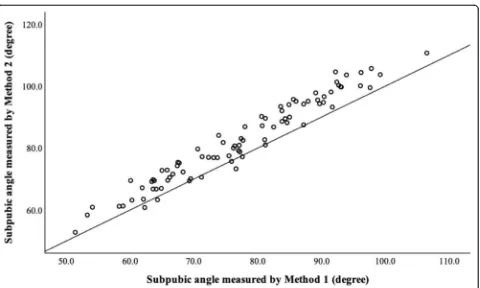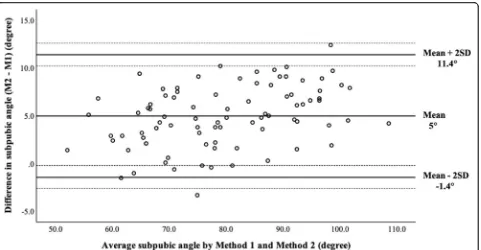Comparison of two methods for subpubic angle measurement from reconstructed three-dimensional pelvic model
Full text
Figure




Related documents
UPnP Control Point (DLNA) Device Discovery HTTP Server (DLNA, Chormecast, AirPlay Photo/Video) RTSP Server (AirPlay Audio) Streaming Server.. Figure 11: Simplified
Compared to greater Pakistan, the FATA is suffering from lower levels of investment in health capital, education and economic development?. All of these factors contribute to
• Speed of weaning: induction requires care, but is relatively quick; subsequent taper is slow • Monitoring: Urinary drug screen, pain behaviors, drug use and seeking,
In the study presented here, we selected three rep- resentative pathogenic PV mAbs cloned from 3 different PV patients: F706, an anti-Dsg3 IgG4 isolated by heterohybridoma, F779,
A number of studies have been done on optimal experience or “flow” but few have compared the differences between individual and team sports. The information you provide will
An analysis of the economic contribution of the software industry examined the effect of software activity on the Lebanese economy by measuring it in terms of output and value
Public awareness campaigns of nonnative fish impacts should target high school educated, canal bank anglers while mercury advisories should be directed at canal bank anglers,
We used both the bacterial and archaeal 16S rRNA gene sequences to design specific probes for fluorescence in situ hybridization (FISH). Samples collected during the 16 month period